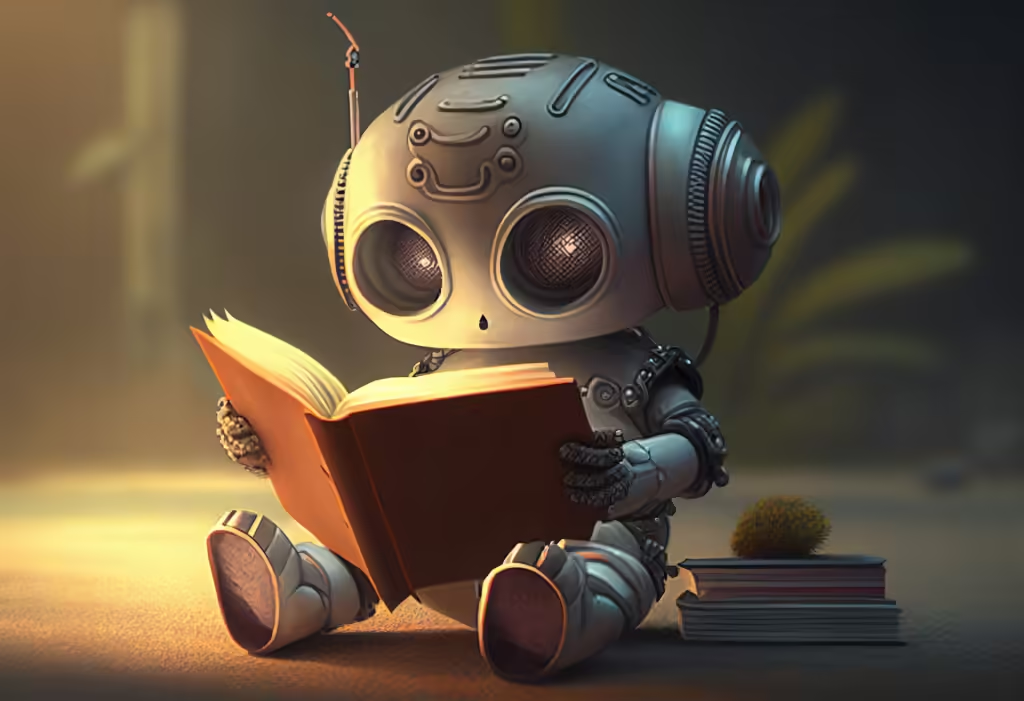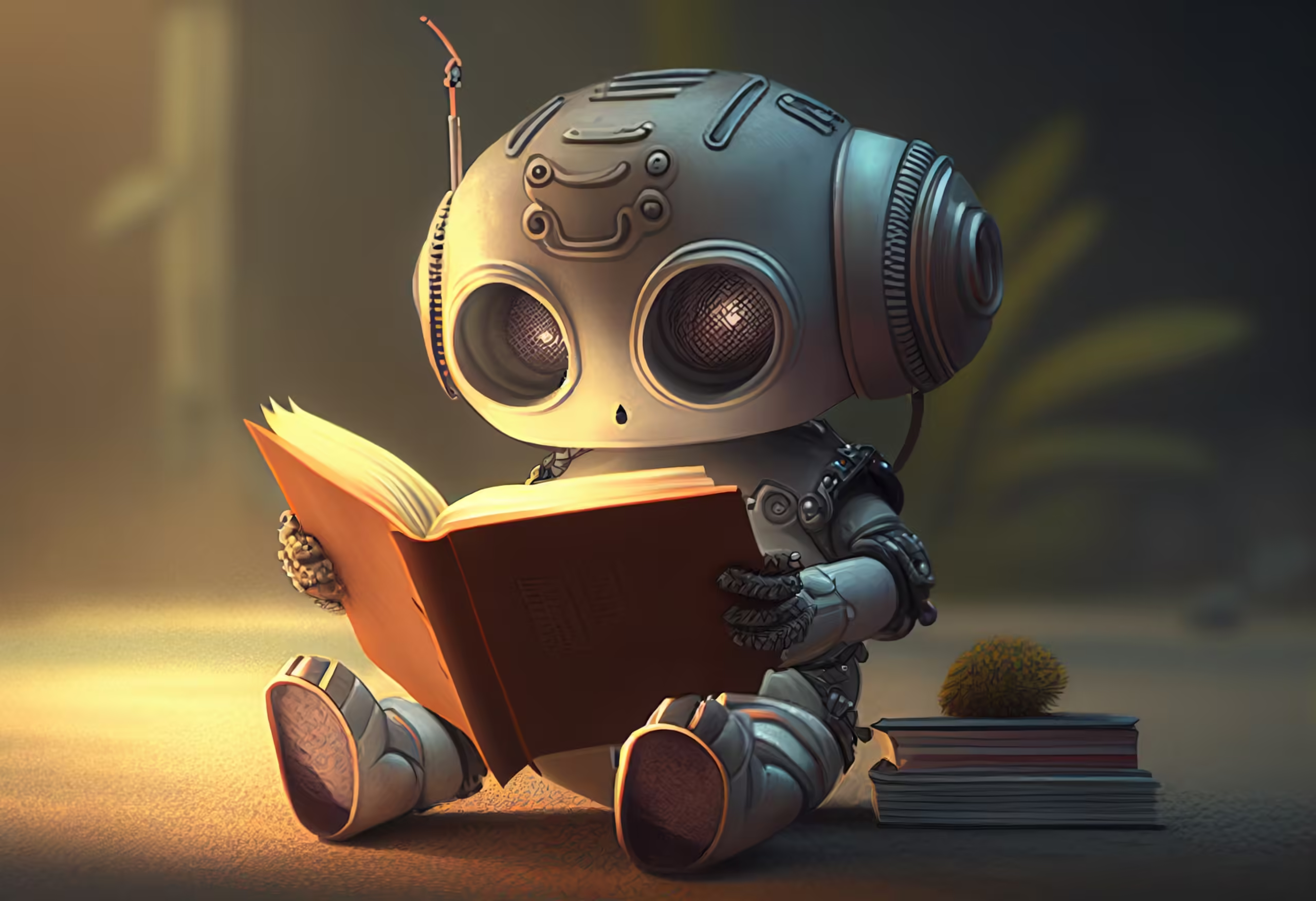Digital storytelling is changing the way we learn about cultural heritage. In today’s digital world, traditional methods of teaching and sharing culture need a fresh approach. Digital storytelling blends modern technology with ancient traditions, creating a dynamic, interactive learning experience. Through video, images, and text, cultural stories that were once confined to books or oral traditions can now be brought to life in exciting new ways. This approach makes learning about cultural heritage engaging and accessible for people of all ages, especially in our increasingly digital world.
What is Digital Storytelling? A Brief Overview
Digital storytelling is an innovative method of sharing stories using digital tools. It typically involves the use of images, video, audio, and text to create a rich narrative that is visually and emotionally engaging. Rather than just reading a story, digital storytelling allows the audience to experience it through a multi-sensory approach. Whether it’s a short video, an interactive website, or a podcast, digital storytelling connects people to cultural heritage in a personal and memorable way.
The Role of Digital Storytelling in Preserving Cultural Narratives
Cultural narratives are the heart and soul of any community. These stories pass down knowledge, traditions, and values from one generation to the next. However, as societies evolve, these stories can easily be forgotten or lost. This is where digital storytelling plays a crucial role. By recording, digitizing, and sharing cultural stories, we ensure they are preserved for future generations.
For example, indigenous communities around the world have started using digital storytelling to capture their oral traditions. These stories, which may not have been written down, are now accessible to a wider audience through videos, podcasts, and online platforms. Digital storytelling helps preserve the authenticity of cultural heritage while making it relevant in the modern world.
How Digital Storytelling Makes Cultural Heritage Accessible to All
One of the most powerful aspects of digital storytelling is its ability to make cultural heritage accessible to everyone, regardless of location, background, or education. In the past, learning about different cultures often required travel or specialized knowledge. Now, with a click of a button, anyone can access a digital story from anywhere in the world.

This accessibility is especially important in educational settings. Schools and universities can use digital storytelling to bring diverse cultural perspectives into the classroom. Through digital platforms, students from different parts of the world can experience and engage with stories that may not be part of their own cultural background. This encourages empathy, respect, and understanding among diverse communities.
A Tool for Engaging the Next Generation in Cultural Preservation
The next generation has grown up with technology at their fingertips. This presents both a challenge and an opportunity for cultural education. Traditional methods may not always capture the attention of younger audiences, but digital storytelling provides a way to engage them in a format they are familiar with.
The Impact of Visual and Interactive Digital Storytelling
Visual and interactive elements are key to the success of digital storytelling in cultural education. Visual storytelling is particularly effective because the human brain processes images faster than text. Incorporating visuals—such as photos, artwork, or maps—into cultural stories helps bring the narrative to life. When combined with interactive features, such as clickable objects or virtual environments, digital storytelling becomes an immersive experience that grabs the learner’s attention.
Digital Storytelling and Its Role in Cross-Cultural Understanding
In our globalized world, understanding and respecting different cultures is more important than ever. Digital storytelling is an effective tool for promoting cross-cultural understanding. By sharing stories from diverse cultures, we can foster empathy and break down stereotypes.
Through digital platforms, people from one part of the world can learn about the traditions, challenges, and experiences of other cultures. This not only increases cultural awareness but also promotes unity and respect. Digital storytelling allows us to connect with others on a human level, helping to build bridges across cultural divides.
Examples of Successful Digital Storytelling Projects in Cultural Education
There are many inspiring examples of digital storytelling projects that have successfully preserved and shared cultural heritage. For instance, the “StoryCorps” project collects and shares personal stories from people around the world, preserving individual cultural experiences. Another example is the use of digital storytelling in museums, where visitors can interact with exhibits and hear stories about the artifacts they see.
These projects show the power of digital storytelling in preserving cultural heritage and creating meaningful educational experiences. They serve as models for how digital storytelling can be used to teach and engage people of all ages in cultural learning.
Challenges in Using Digital Storytelling for Cultural Heritage Education
While digital storytelling offers many benefits, it also comes with its challenges. One of the main issues is the need for technology and training. Not all communities have access to the necessary tools or expertise to create high-quality digital stories. Additionally, there may be concerns about the accuracy and authenticity of digital representations of cultural stories.
Despite these challenges, the potential of digital storytelling to enhance cultural heritage education is undeniable. By addressing these obstacles, we can ensure that this approach becomes more inclusive and effective in the future.
The Future of Cultural Heritage Education: Digital Storytelling’s Expanding Role
Looking ahead, digital storytelling will continue to play an expanding role in cultural heritage education. With advancements in technology, storytelling tools will become even more powerful and accessible. The use of AI, VR, and other emerging technologies will make cultural learning even more interactive and immersive.
As digital storytelling continues to evolve, it will become an even more integral part of cultural education. Whether through virtual tours, interactive games, or online exhibits, the possibilities for teaching cultural heritage through digital storytelling are endless.

